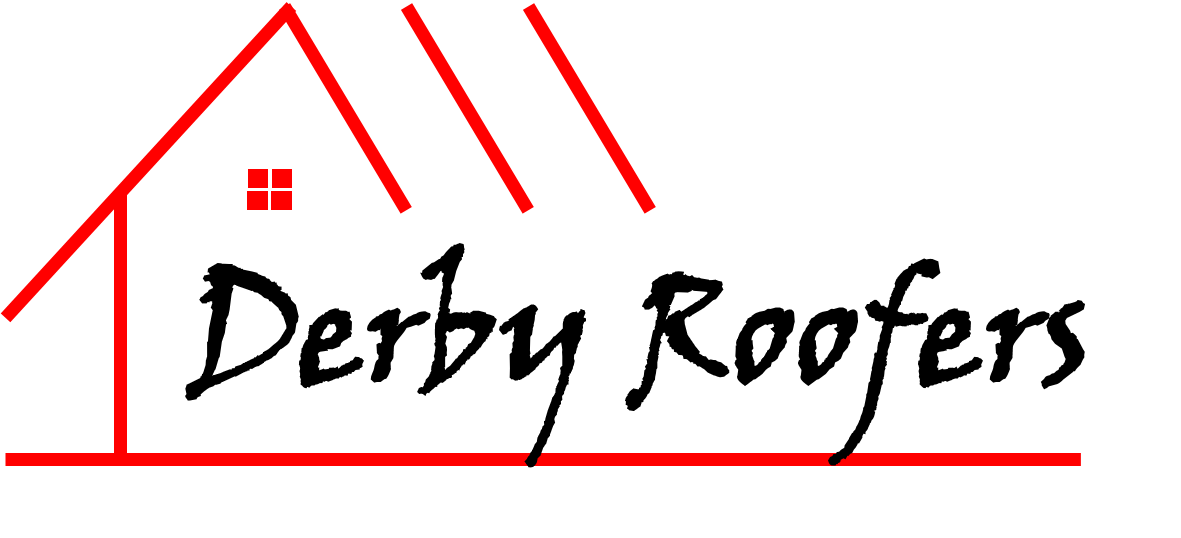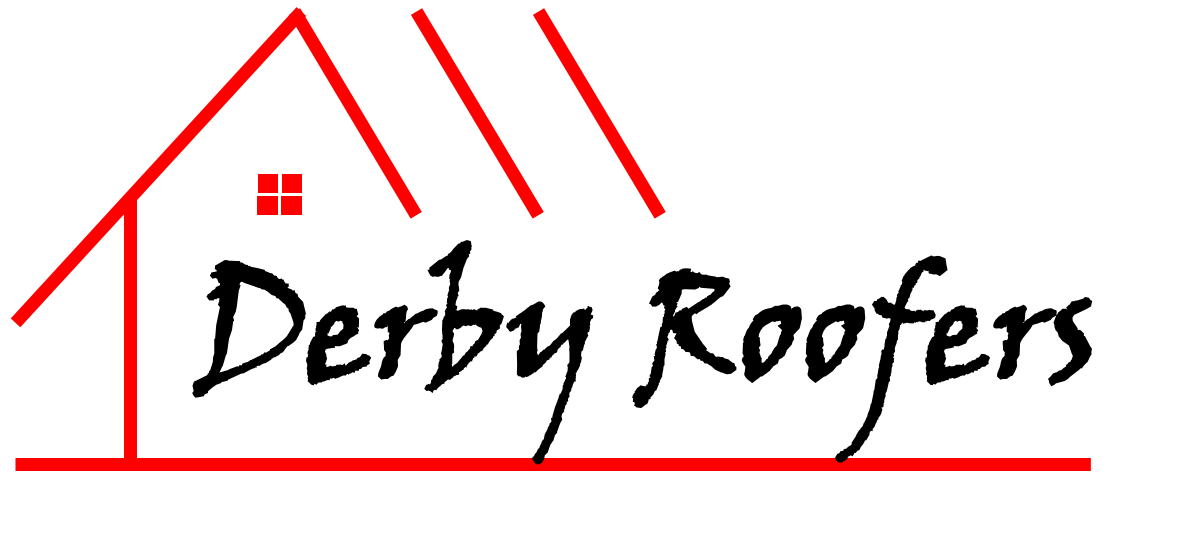We Are Your Trusted and Reliable Roofing Contractor Serving Derbyshire
By the roofing specialists.
Lead Work-Professional Lead Work By Derby Roofers
What is Leadwork on a roof?
Lead is a metal with pliable properties that makes it an invaluable construction material for houses, commercial buildings and churches. It can be used to create roofing leadwork, which stops rainwater from entering junctions between roof elements or channels water off of the building's structure; however decoration purposes also exist on top of its functional applications. Lead expands and contracts as weather conditions change so detailing must allow for this expansion/contraction to prevent stresses forming within the lead sheet itself, because if too much stress builds up over time due constant use then future major damage could occur over time.
How long does lead last on a roof?
A lead roof is up to three times more durable and reliable than other materials, which makes it a cost-effective option in the long run. This is why many historic buildings have these roofs as they are able to last for years without needing repair or replacement, unlike most modern-day shingles that become weak after just 10 years of installation. Just look around at the older and historic buildings in the UK, they have leadwork that has lasted for decades and some that are even 100 years old with the original lead work that looks the same as the day it was installed.
Lead roofing is a great investment for your home or business premises, as it lasts the lifetime of the building. Before you can enjoy many years from lead roofs though, all repairs should be carried out by an experienced company such as ours, so that they are done properly and efficiently.
Maintenance
It is important to check your roofing leadwork regularly because you can catch and fix problems before they turn into an expensive disaster in the making. People only seem to bother checking their roofs in the Autumn months as a result of the colder and icy weather setting in; however this can be a mistake as damage can occur at any time. Leadwork damage such as cracking, splitting or just degrading through old age. To stop any future water penetration and ingress, it is always advised to have your leadwork checked on a yearly basis to avoid any further damages to the internal structure of your residential or commercial property.
Lead is a soft usable heavy metal – Very adaptable material that can be shaped quite easy to the contours of roofs
Fully weather resistance - All weather that protects against all adverse weather conditions
Recyclable - Can be reused once removed from a roof, either on a roof or as an alternative product.
Always looks great - Aesthetically dresses a roof and looks good in the process.
Many practical uses - Leadwork is used for many roofing solutions, such as main roofs, flat roofs, chimney surroundings and lead flashings where needed.
Lead Flashing Codes
The table below shows the codes of lead flashing, what they are used for and how heavy or thick they need to be.
It is important that a correct code of lead flashing is selected depending on the requirement in order to avoid compromising structure integrity due to an incorrect choice. For example, using too thin/light flashings could allow water ingress into certain parts which would result in rot at worst case scenarios resulting from damage caused by leakage through these areas if not rectified immediately after finding out about them leaking within reasonable period(s) post installation. The range goes from 3-8 with 8 being thicker than any other thickness available while having similar weights as some slightly thinner lengths but lighter weight alternatives may have been better suited had it been made clear.
Codes Gauge Weight sq2
Code 3 - 1.32mm - 14.97kg
Good for soakers
Code 4 - 1.80mm - 20.41kg
Flashings - Soakers - Pitch valley gutters - Vertical cladding - Dormers - Canopies
Code 5 - 2.22mm - 25.40kg
Flashings - Pitched roofs - Flat roofs - Vertical cladding - Canopies - Dormers - Valley gutters (tapered & boxed) - Pitched & Parapet
Code 6 - 2.65mm - 30.05kg
Flashings - Dormers & Flat roofs - Pitched & tapered valley gutters
Code 7 - 3.15mm - 35.72kg
Dormers & Flat roofs - Pitched & tapered valley gutters
Code 8 - 3.50mm - 40.26kg
Dormers & Flat roofs - Pitched & tapered valley gutters
Installing lead on my roof, Is it safe?
With lead roofs being positioned high up from the people inside a building, it's not nearly as dangerous to install them compared with other types of roofing. Lead dust and paint also don't pose much risk in terms of run-off going into groundwater because they're so far away from these sources already. Although there are safety concerns when working on a house with this type of material, workers can wear protective equipment while doing their job which minimizes most risks associated with such work at heights that are common during installation jobs involving such materials for buildings nowadays.
Other great benefits
Lead is a great material for your roof. Not only does it provide waterproofing benefits, but you can use the lead to insulate against heat and sound too! This makes sense if you've had an extension done on your home because this will be as resistant as possible. Lead flashing creates a nice finish around structures on top of roofs which enhances the look of homes/properties in general. So definitely consider using this product when having construction work done or adding onto buildings etc…
Lead Flashings
Lead roof flashings are fitted primarily to maintain a watertight roof. If there were no lead flashings, rainwater would run down the chimney or higher area of tiles and just disappear into the house interior and structure where they meet at an angle called roof valleys. Without this waterproofing, rainwater would stream through these roof joints, valleys and angles, straight into your home's interior as well as pitched houses with dormer windows.
Lead Roof flashing Importance
Roof flashing is one of the most important pieces to protect your roof and home. Not only does it secure and direct water, but also prevents leaks in vulnerable areas like valleys between slopes. Flashing keeps rainwater moving away from sensitive spots on your home's exterior so they stay protected against damage caused by exposure with moisture for prolonged periods of time. If you fail to install or maintain quality flashings, you run a risk that threatens the safety and wellbeing of vital structural components underneath them - which could lead to pricey repairs down the line!
Roofing Builders Near Me - Our Roofing Capabilities
Contact Your Local Roofer In Derby - Very Competitive Offer
We are very comfortable with any work requests in these areas:
- Derby (DE1)
- Long Eaton (NG10)
- Belper (DE56)
- Borrowash (DE72)
- Breadsall (DE21)
- Mickleover (DE3)
- Ashbourne (DE6)
- Ilkeston (DE7)
- Willington (DE65)
- Chesterfield (S40)
- Matlock (DE4)
- Bakewell (DE45)
- Swadlincote (DE11)
- Markeaton (DE22)
- Heanor (DE7 / DE75)


